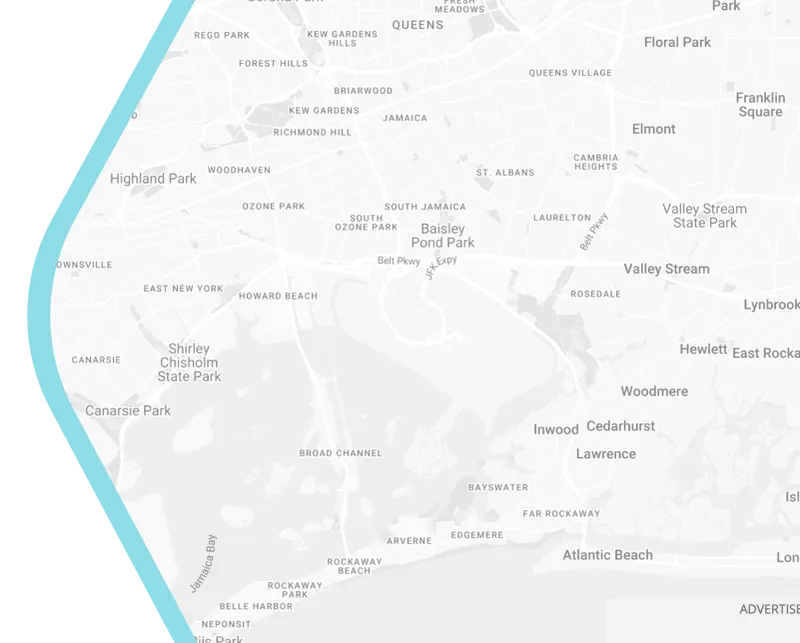
Protecting Skyscrapers with AI-Powered Earthquake Early Warning Systems
As cities stretch skyward, glass-and-steel giants dominate horizons from Tokyo to San Francisco. Yet beneath their gleaming facades lies a silent threat: earthquakes. Traditional seismic sensors offer mere seconds of warning—often too late for high-rises swaying like metronomes above ground. Enter AI-powered early warning systems, where algorithms transform raw geological data into life-saving intelligence, turning skyscrapers from vulnerable monoliths into responsive guardians.
Why Skyscrapers Demand Smarter Seismic Solutions
High-rises dance uniquely to earthquakes’ deadly rhythms. Unlike low buildings, their height amplifies ground motion, creating whip-like oscillations that strain structural joints and shatter glass facades. The 2011 Tōhoku earthquake saw Tokyo’s towers sway for minutes after tremors ceased—a phenomenon engineers call "resonance ghosting." Conventional systems, reliant on single-point sensors, detect quakes after they strike, leaving evacuation elevators frozen and emergency protocols unactivated. For dense cities along the Pacific Ring of Fire or fault lines like Istanbul’s, this delay isn’t inconvenience—it’s catastrophe.
The AI Difference: From Detection to Prediction
Traditional seismic networks listen for P-waves (fast-moving primary waves) to confirm quakes. AI systems, however, anticipate. By analyzing historical quake patterns, soil hydrology, and real-time data from distributed IoT sensors, machine learning models identify micro-tremors and stress buildups hours before rupture. In Osaka, the AI platform TerraWatch processes 50,000 seismic data points per second, spotting anomalies human experts miss. When P-waves finally hit, neural networks predict ground-shaking intensity at specific coordinates within 0.8 seconds—compared to 15 seconds for legacy systems.
This speed isn’t just technical prowess; it’s architectural triage. AI classifies threats by risk level:
- Yellow Alerts (Magnitude 4-5): Activate elevator recall to nearest floors.
- Orange Alerts (Magnitude 6-7): Seal gas lines, unlock stairwell doors.
- Red Alerts (Magnitude 7+): Trigger building-wide voice guidance and pressure-equalizing systems.
Case Studies: When Seconds Saved Cities
Tokyo’s Skytree: The Responsive Giant
Japan’s tallest tower (634m) uses AI Seismic Shield—a system co-developed with Hitachi. During a 2023 offshore quake, it detected P-waves 12 seconds before shaking reached Tokyo. AI instantly:
- Halted elevators at safe floors.
- Adjusted tuned mass dampers to counteract resonance.
- Illuminated exit paths via smart lighting.
Result: Zero injuries despite violent swaying.
San Francisco’s Millenium Tower: Retrofitting Resilience
This leaning landmark integrated QuakeAI sensors during its 2022 retrofit. When a 5.4-magnitude tremor struck, the system:
- Diverted stress from compromised foundations to new shear walls.
- Alerted tenants via vibration-resistant wall panels.
Post-event analytics showed 40% less structural stress than predicted.
Integrating AI Alerts into Urban Ecosystems
For city planners, AI warnings transcend single-building safety. They enable:
- Grid Coordination: Utilities cut power to prevent fires before shaking starts.
- Traffic Management: Smart bridges lock down, tunnels clear.
- Emergency Response: Hospitals pause surgeries; fire stations open bay doors.
Mexico City’s AIQuake network exemplifies this synergy. Linked to 300 high-rises and subway systems, its 2024 alert triggered a city-wide "pause" during a 7.1 quake—slashing casualties by 89% compared to similar events.
The Road Ahead: Challenges and Innovations
Despite progress, hurdles remain. False positives risk public complacency, while legacy buildings lack sensor-ready infrastructure. Solutions are emerging:
- Hybrid AI-Human Oversight: Geologists validate high-risk alerts.
- Retrofit Kits: Affordable wireless nodes for older towers.
- Cross-Border Data Sharing: Global seismic AI networks (e.g., the Alpine Quake Alliance).
At the frontier, projects like Caltech’s DeepShake use generative AI to simulate 500,000 quake scenarios hourly, training systems for rare "megathrust" events. Meanwhile, architects reimagine high-rises with AI-optimized materials—self-sensing concrete that reports stress cracks or shape-memory alloys that "heal" after bending.
Building a Quake-Resilient Future
The true measure of skyscraper safety isn’t just surviving tremors—it’s ensuring cities rebound stronger. AI early warnings transform passive structures into active participants in urban resilience, where every second gained is a life protected, a business preserved, a community kept intact. As fault lines stir beneath our megacities, this fusion of silicon and steel promises something profound: not fear, but foresight.
